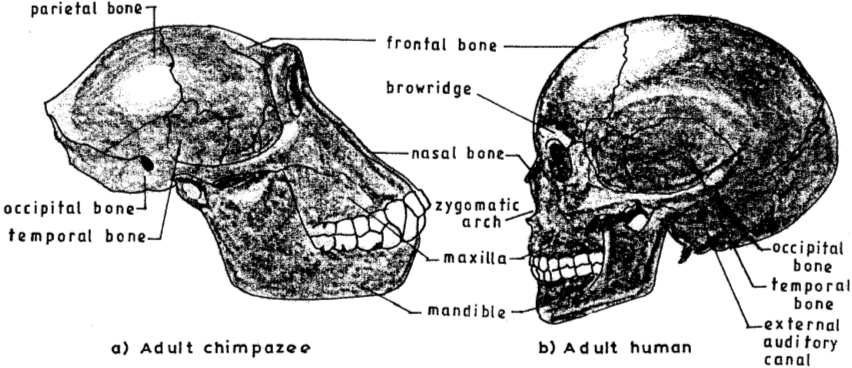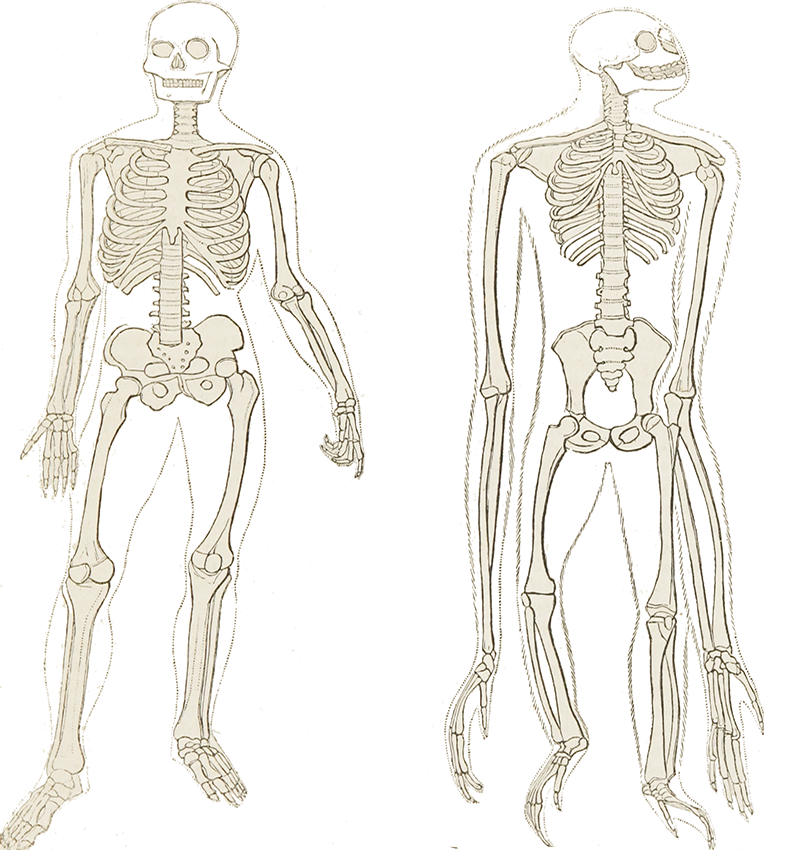

He observed the same features in Sts 71, and suggested these, plus some other large-toothed hominids from Sterkfontein and the Makapans Valley, represent another Australopithecus which lived at the same time as Australopithecus africanus. Palaeoanthropologist Professor Ron Clarke has argued that Stw 252 appears very different from Australopithecus africanus in that it has much larger teeth, a flatter upper face, a thinner brow region and a differently shaped braincase. These include several specimens, such as Stw 252, and Sts 71, discovered by Broom and his colleague, John Robinson, in 1947. These include the lesser known cranial specimens Sts 17 and Sts 52, and a partial skeleton, Sts 14, found in 1947, which had a complete pelvis that affirmed that Australopithecus was bipedal, or walked upright.īut there are other australopithecines discovered at the Sterkfontein Caves and at Makapans Valley, about 300 km (480 mi) from Sterkfontein, near Mokopane in Limpopo Province, which may not be Australopithecus africanus. Sts 5 (Mrs Ples), which he discovered in 1947, and many other specimens found in Sterkfontein Member 4, also belong to this species. 9 in the International Journal of Primatology.The first adult specimen of an Australopethicus was discovered in 1936 at Sterkfontein by palaeontologist and director of the Transvaal Museum, Dr Robert Broom. The new findings were published online Feb. This gruesome event could explain why pregnant female chimps typically isolate themselves from their social group when it's time for them to give birth, going on "maternity leave" to protect their babies, the researchers of that study concluded. In 2017, in another study, scientists reported a male chimpanzee in western Tanzania stealing and cannibalizing a newborn chimp moments after its birth - the first time that this behavior had been observed in these primates. For instance, scientists described an incident in 2017 in which a male chimpanzee in Senegal was attacked, killed and partly cannibalized by members of his former community.Įven chimpanzee babies aren't off-limits. On rare occasions, their cannibalistic behavior can even extend to individuals within their own social group.

"This has important implications for our understanding of the nutritional benefits of meat-eating among primates, and highlights the need for future studies that measure the nutritional content of specific tissues and examine which are preferentially consumed or shared," the study authors concluded.Īnd when it comes to meat eating, it's not just other primates that chimps find delicious they've been known to feast on rival chimpanzees, too. The chimps killed and consumed adult monkeys, on the other hand, using various methods, though they were most likely to begin these meals with the viscera - internal organs in the body's main cavities - which were easier to access than the adult brains. In the photo on the right, he uses his right hand to hold the monkey down, and consumes muscle from the inner thigh of the right hind leg. In the photo on the left, he holds the carcass in his left hand, and sucks the brain from the skull.

Screen captures show videotaped meat-eating by an adult male chimpanzee in the Kasakela community at Gombe National Park, Tanzania. "Twice, we observed the possessor sucking on the head, presumably extracting the brain," the scientists wrote. Whenever a chimp caught a young monkey, they all typically used a similar method to kill and eat them, biting down on the head and pulling hard, "apparently trying to remove the body from the skull," according to the study.
Adult chimpanzee vs human skulls cracked#
For adult monkeys, the chimps also were interested in the brains, but they cracked the skulls first only 44 percent of the time. Prior research suggested that chimps found monkey brains to be especially desirable the scientists cited a chimpanzee study from 1973 that noted, "The brain is the only organ for which marked preference is regularly shown, and the eating of brain tissue is always a slow, meticulous procedure with a definite undertone of enjoyment."įor the new study, the team recorded 29 incidents of monkey-eating by eight chimpanzees, and found that if the monkey was a juvenile, the chimps first went for the head 91 percent of the time. They also contain certain fatty acids that are absent from plants and are known, at least in humans, to be important for brain function and for lessening the damage from some diseases, the study authors reported. Brains, especially mammal brains, are especially high in fat.


 0 kommentar(er)
0 kommentar(er)
